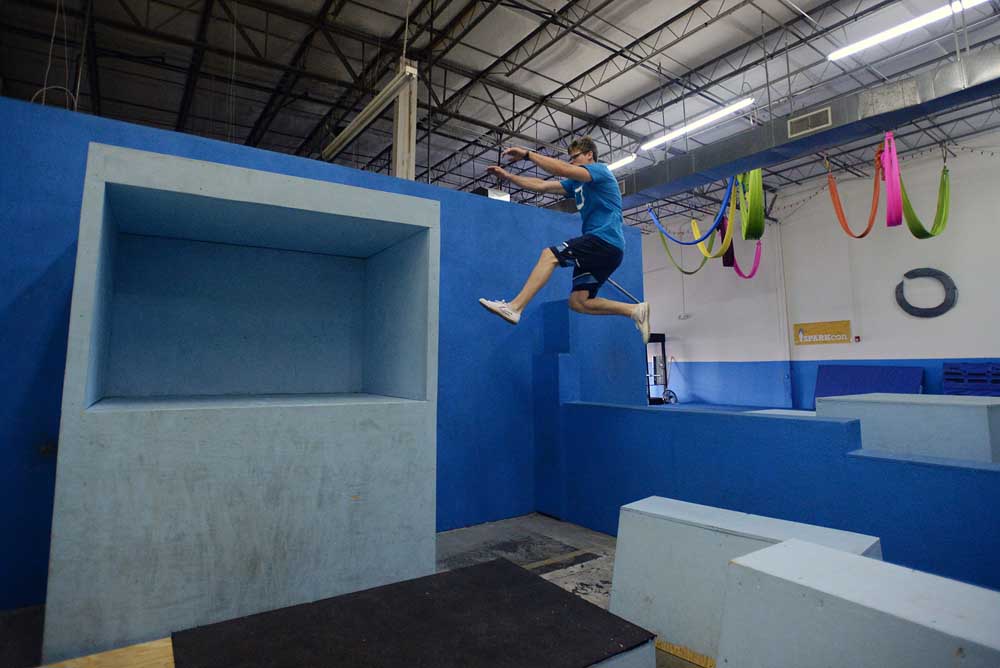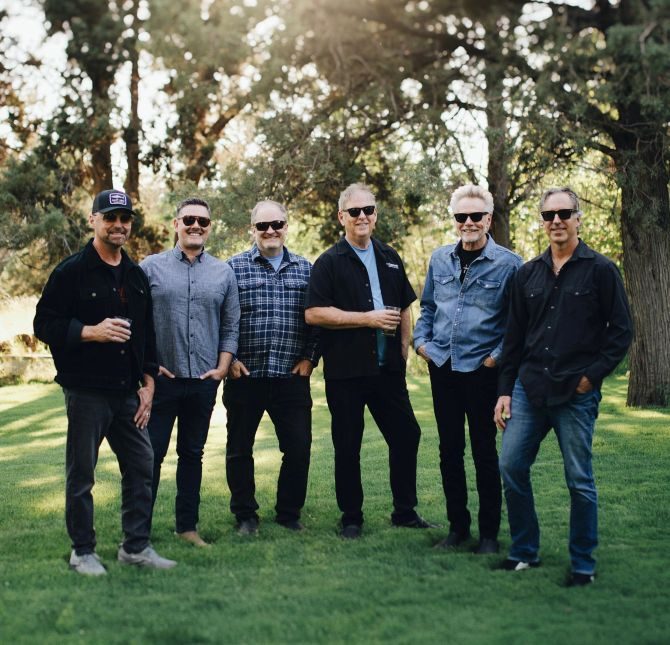Youth hop into parkour training
Published 12:00 am Thursday, November 13, 2014

- Chuck Liddy / The (Raleigh, N.C.) News & ObserverNick Faircloth leaps across a wall during a parkour workout in Raleigh, North Carolina. Parkour is a holistic training discipline using movement that developed from military obstacle-course training.
RALEIGH, N.C. — They’re into video games, role-playing, comics and superheroes. And they may be some of the most athletic kids around.
They’re “traceurs,” practitioners of a relatively new activity called parkour. They don’t just take the stairs; they leap down (or up) them. They hurdle fences, side-hop walls, walk up and over benches and occasionally dismount from rooftops.
“Parkour is essentially training yourself to move more efficiently from Point A to Point B effectively, safely and with speed,” says 23-year-old Nick Faircloth, of Raleigh, who discovered parkour when he was 16. “It’s about training hard to enjoy the freedom of play.”
A quick history
The origins of the sport are murky; most accounts tie it to French military training in Vietnam in the 1950s. In the 1990s, a group of French teens seized on the parkour philosophy, adopting it for civilian purposes. Soon, the Paris suburbs of Evry, Sarcellas, Lisses and others were filled with youths bouncing about public plazas, getting around town with a gymnastic grace and agility not typically seen in the streets.
The sport remained somewhat localized until the proliferation of smart phone cameras and GoPros capturing the French teens’ antics launched a global parkour community on YouTube.
It’s a community that traceurs say skews young and geeky.
“It’s the sport of nerds,” says Don Sportsman, of Zebulon, North Carolina, whose son, Cheland, 10, is an ardent traceur — and fan of dummies. First, he discovered puppetry, then dummies. He tracked down a local maker of the lap dolls, worked on his ventriloquist skills and now has in his collection a dummy classic, Mortimer Snerd of Red Skelton fame.
Cheland started attending parkour classes at Enso Movement when the North Raleigh parkour gym opened in April. He goes to classes about twice a week, says his dad, but “he’d go every day if he could.”
On a recent Tuesday evening, instructor Alan Tran led a class of 10- to 16-year-olds in a training session that lasted an hour and 15 minutes, beginning with 20 minutes of warm-up. He prompted them through and over plywood platforms, walls and other obstacles in the gym’s warehouse home, stressing the importance of technique and safety.
“Let’s work on nice and quiet jumps,” he advised, reminding his pupils that a flatfooted landing is a loud and potentially painful landing.
Enso offers some home-school instruction during the day, but most classes are in the evening, typically three or four per night, each with five to 13 students. Most are middle school to college age; one of the adult classes has a student who “is in his late 30s, he might even be 40.” (In France, classes for seniors are common.)
Faircloth, a principal in the Enso gym, says he was typical when he stumbled into the sport.
“I was sedentary, didn’t do a whole lot,” he recalls. Then one day he found himself in the wooded backyard of a relative’s house: He discovered a natural obstacle course in the boulders and downed trees. Shortly after, he was noodling around on the Internet and discovered French kids doing similar moves in a more urban environment. The moves were the mortal equivalent of what the superheroes in his comics were doing. He was hooked.
That was about the same time parkour was beginning to find its way into the states. Strong parkour communities developed at North Carolina State University and at UNC-Charlotte, and two statewide parkour jams emerged, at which up to 80 practitioners gather.
Faircloth says it’s no surprise that kids take to parkour.
“Kids want to be active,” he says. “It’s not that kids don’t want to play; it’s just that sometimes they don’t have options. If you’re not into team sports, your options are limited.” Really, he adds, this is what kids have been doing for millennia, only with training.
Parkour variations
There’s parkour and there are parkour-like practices. The distinctions:
• Parkour: As Nick Faircloth notes, parkour is about moving more efficiently from Point A to Point B in a safe and speedy manner. That means going over obstacles — fences, walls, benches — whenever safely possible.
• Freerunning: Described by Enso Movement as “an expressive and aesthetic performance with roots in parkour and branches in gymnastics, martial arts, dance and more.” Similar to parkour, though the goal isn’t necessarily to get from A to B in as straight a line as possible.
• Tricking: There’s no dealing with obstacles with tricking, which, according to Faircloth, is more about “complex acrobatic moves, kicking, spins, turns,” break-dancing and similar moves.








